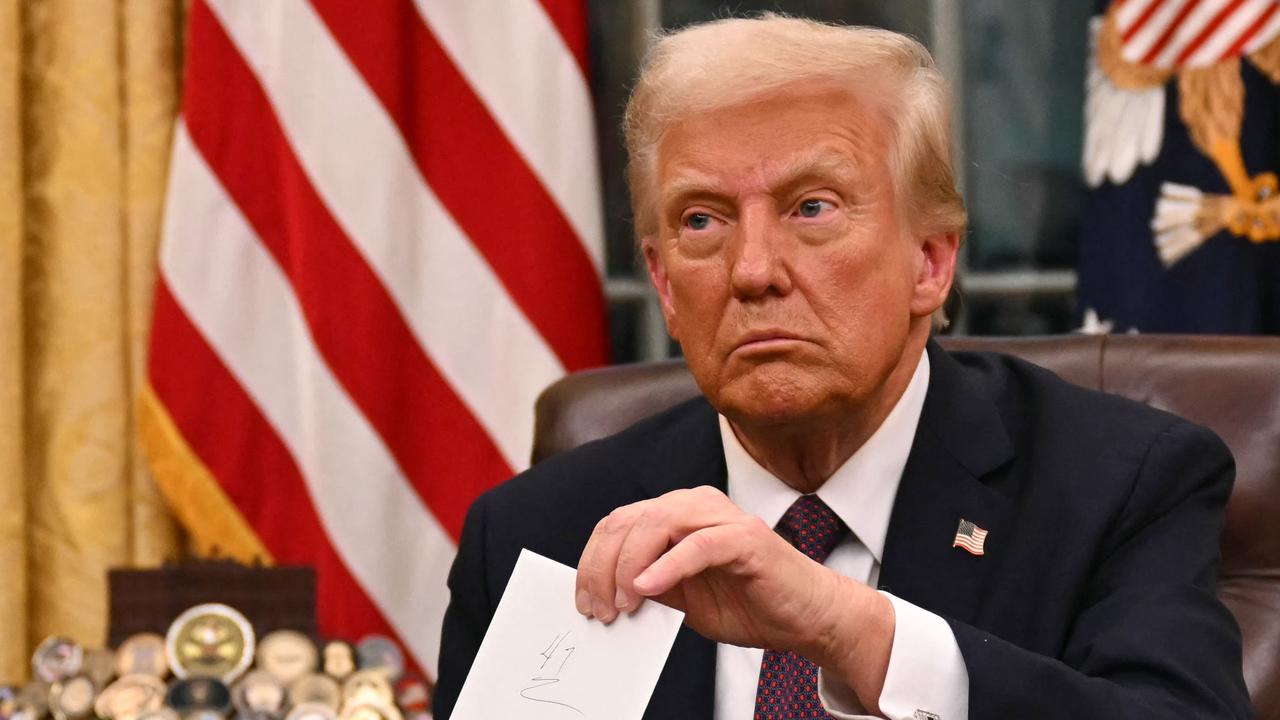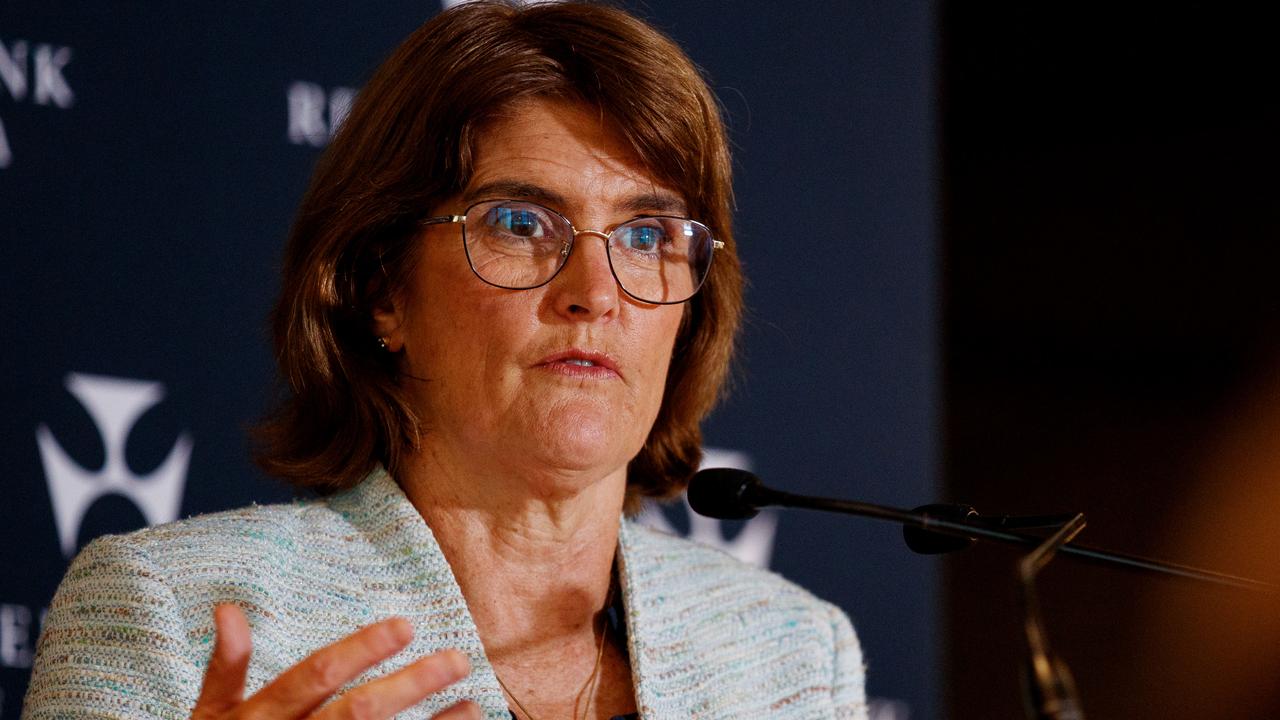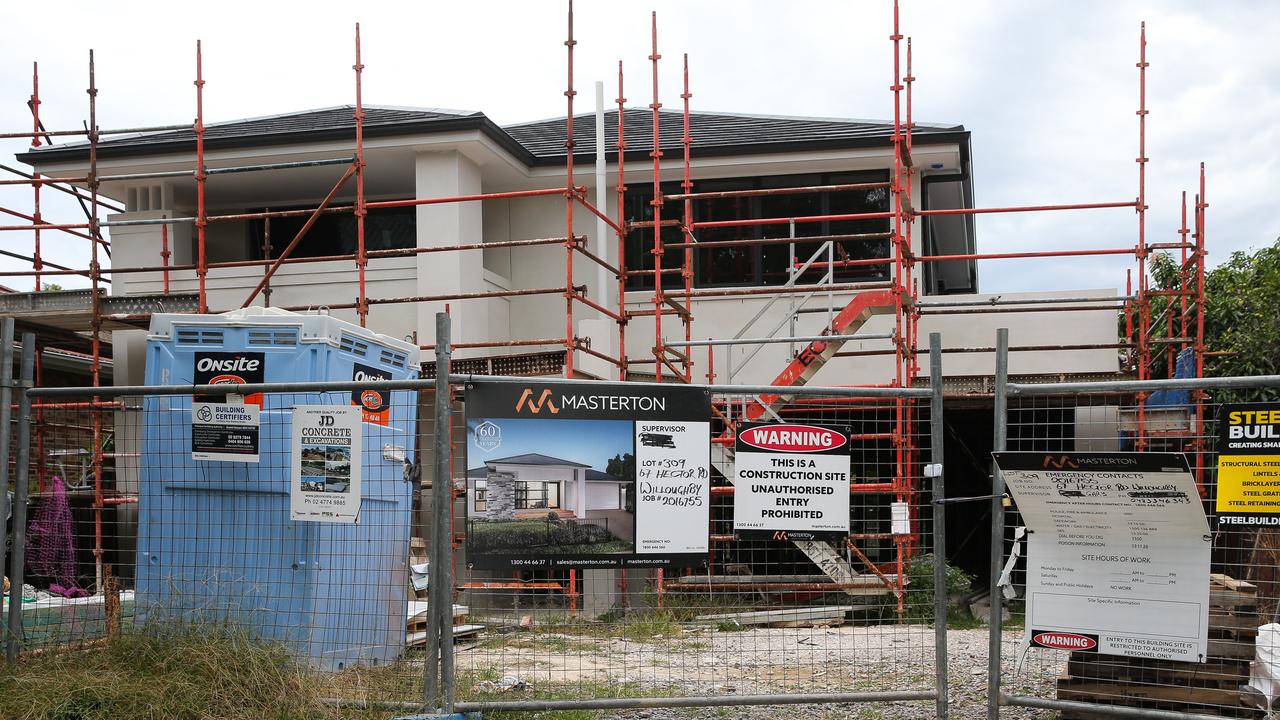Economists mixed on March rate cut
THE Reserve Bank is likely to cut interest rates again in March because the Federal Government's $42 billion fiscal stimulus will take time to work, economists say.
THE Reserve Bank is likely to cut interest rates again in March because the Federal Government's $42 billion fiscal stimulus will take time to work, economists say.
The minutes of the central bank's February meeting, released today, said the Government's stimulus package would only have a "modest" near-term effect on the flagging economy.
The stimulus package will give $900 handouts to farmers, students and low to middle-income earners by Easter as part of a $12 billion allocation from the overall $42 billion infrastructure and welfare program.
"This stimulus would take time to be effective and could be expected to have only a modest effect on the near-term outlook in Australia," the RBA minutes said.
JPMorgan chief economist Stephen Walters said the RBA was likely to cut rates again in March by 50 basis points to stimulate the economy in the near-term. But HSBC's John Edwards said the RBA was unlikely to cut rates in March.
"We think they're going to cut by 50 (basis points) in March: we haven't changed that forecast," Mr Walters said.
"They're (the RBA) looking at the global economy and they're concerned by the nature of the downturn and how it's having an impact on Australia.
"They cited fiscal policy as significant but it's going to do little for the economy in the near-term."
The RBA cut interest rates in February by 100 basis points, taking the cash rate to a 45-year low of 3.25 per cent. A 50 basis point rate cut would take rates to a record-low 2.75 per cent.
But HSBC chief economist John Edwards said the RBA was unlikely to cut interest rates in March because it believed the existing 3.25 per cent cash rate was low enough.
"Interestingly the minutes specify that the fiscal or monetary moves will 'take time' to be effective: this implies that the RBA does not feel obliged to respond further to immediate weakness," Dr Edwards said.
"Future policy decisions, the minutes note, depend on assessments of medium-term prospects and the course of short-term data. Exactly so.
"We think this discussion is consistent with leaving the cash rate unchanged at the March meeting.
"If the Australian economy continues to weather that storm as well as it has for the last few months, the RBA may find that today's cash rate of 3.25 per cent is quite low enough."
Dr Edwards said the popularity of standard variable mortgage rates in Australia was bigger compared with other industrialised nations, which meant RBA rate cuts were more effective at stimulating the economy.
The RBA has cut interest rates by 400 basis points since September 2008.
The rate moves from September to December reversed the dozen rate rises between 2002 and early 2008, which the RBA said would help "cushion" the Australian economy from the global downturn.
"The substantial measures taken would help to cushion the economy from the contractionary forces coming from abroad and, over time, work to establish conditions conducive to stronger demand later in the year," the RBA minutes said.



